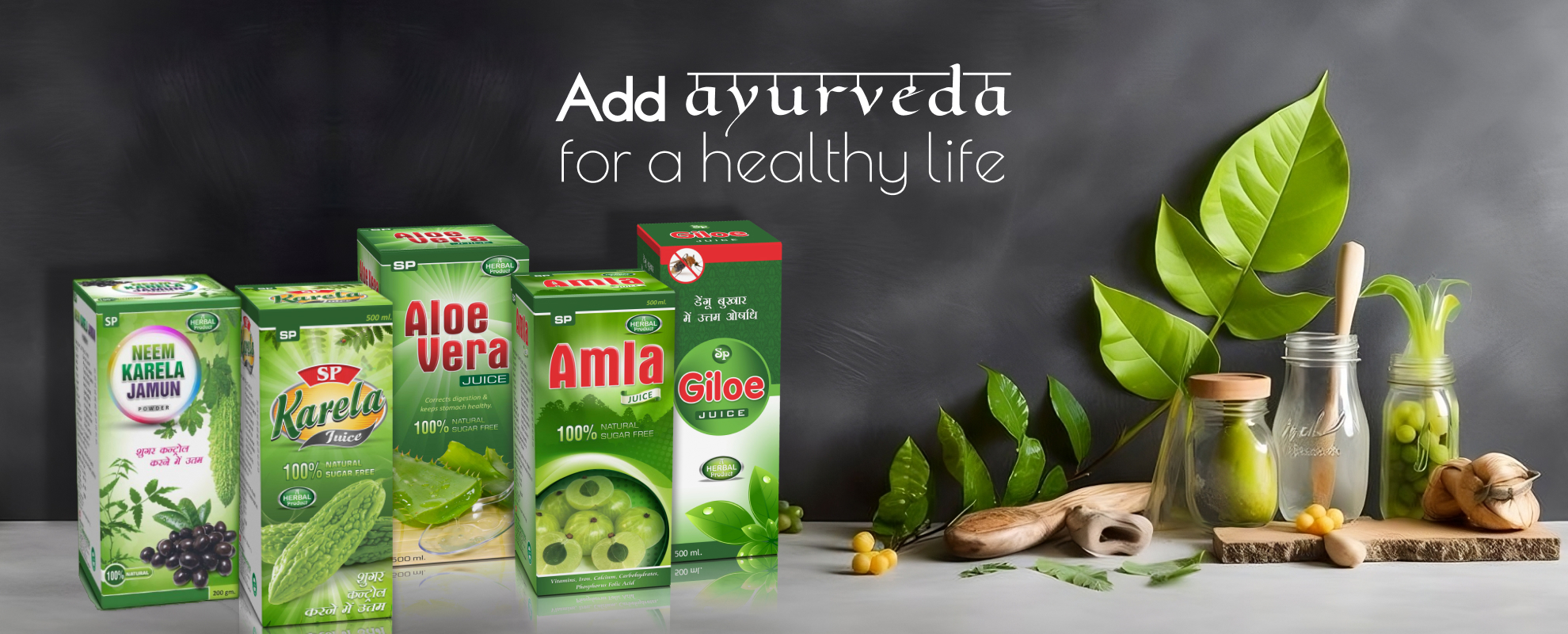
The use of herbs has a long history, and people have discovered the most useful plants through the methods they actually used. Gradually, a folk knowledge base was developed, which included the most useful herbs. Today we offer you an overview of the material in which we will introduce you to the most useful plants and herbs in herbal medicine.
It is known that if you take full advantage of the potential of medicinal plants, then effective selection can affect not only all the symptoms of the underlying pathology, but also concomitant diseases. This is an undeniable advantage of medicinal plants, as such goals are unattainable with less targeted chemically synthesized drugs. Now you have an opportunity to contact many herbal medicine manufacturer. the side effects are much broader and more severe.
The most useful plants: licorice
The most useful plants include licorice root. It has a pronounced anti-inflammatory effect due to triterpene saponins (structural analogues of adrenal steroid hormones). Licorice has been found to have antihistamine properties. Licorice flavonoids can reduce the permeability of blood vessel walls. Thanks to its saponins, licorice root has an expectorant effect that thins thick phlegm.
Phytotherapy: linden Treatment
Linden flower is the first choice of antipyretic herbal remedies for children and adults. Lemon blossom has calming and anti-inflammatory properties. Linden tea has a pleasant taste and can increase treatment compliance.
Fennel ordinary
Fennel fruit contains essential and fatty oils. Fennel has pronounced carminative and mild expectorant properties. Fennel is not as carminative as cumin, but is preferable in children’s practise because of its pleasant taste. Fennel essential oil penetrates the respiratory tract, diluting thick phlegm and facilitating its coughing up.
Phytotherapy: herbs Marshmallow officinalis
In herbal medicine, marshmallow herb is used to treat many bronchial and lung diseases. Marshmallow root contains a large amount of polysaccharides (starch, mucilage), which determines its enveloping effect on the inflamed mucous membranes of the upper respiratory tract. Marshmallow Root Mucilage optimises the repair process and reduces inflammation to relieve dry coughs caused by respiratory irritation. The abundance of mucus allows the use of marshmallow root powder for constipation in children, and the use of water extracts as capsules for gastritis and peptic ulcer disease.
Thyme
Thyme is widely used as an aromatic plant. Its flowers, leaves and oil also have many health benefits. In ancient Egypt, thyme was used for embalming and treating many other ailments. The thyme plant has antiseptic , antifungal, antiviral, antiparasitic properties.
Health Benefits of Thyme
- The best prevention of foodborne bacterial infections.
- Balances blood pressure levels.
- Reduces the risk of colon cancer.
- Solving skin problems such as dryness, redness and swelling.
- Quick relief from colds and coughs.
- Acts as a relaxing herb, calming the nervous system.
fern
Ferns are long, light green plants native to the northern hemisphere. It is often used as an ornament, but many medicinal formulations can also be made from it. Ferns can treat a variety of diseases. The roots and stems of ferns are used medicinally.
Health Benefits – Fern
- Recommended herb for lack of appetite, fever and cough.
- Faster relief from cuts and sunburn.
- Prevention from harmful worms.
- Balance of the digestive system.
- Prevention of asthma, pneumonia and bronchitis.
Cayenne pepper
Cayenne pepper, also known as paprika, is often used as a spice in many dishes. Peppers are grown in different parts of the world. It has also been used as an herbal medicine since ancient times. Chili helps stimulate blood circulation, the body absorbs nutrients and restores digestion.
Health Benefits of Cayenne Pepper
- Improves the body’s digestion.
- Prevents fungus and avoid flu.
- Prevents blood clots and stimulates saliva production.
- Improves the health of your heart.
- Quickly relieves joint pain and migraines.
- Reduces the likelihood of cancer.
echinacea
The medicinal plant Echinacea purpurea is native to Central America and is a species of flowering plant commonly known as cones. It is also a popular herbal medicine in the world. The leaves, flowers, stems and roots of Echinacea purpurea can be used medicinally. This herb works with aggressive chemicals in the body to fight fungus and reduce colds and inflammation.
Health Benefits of Echinacea
- Best anti-inflammatory herb for joint stiffness.
- Increases the body’s immunity.
- Echinacea roots are widely exported for medicinal purposes.
- Stimulates the growth of blood cells.
- Prevention of colds, bronchitis and sore throats.
